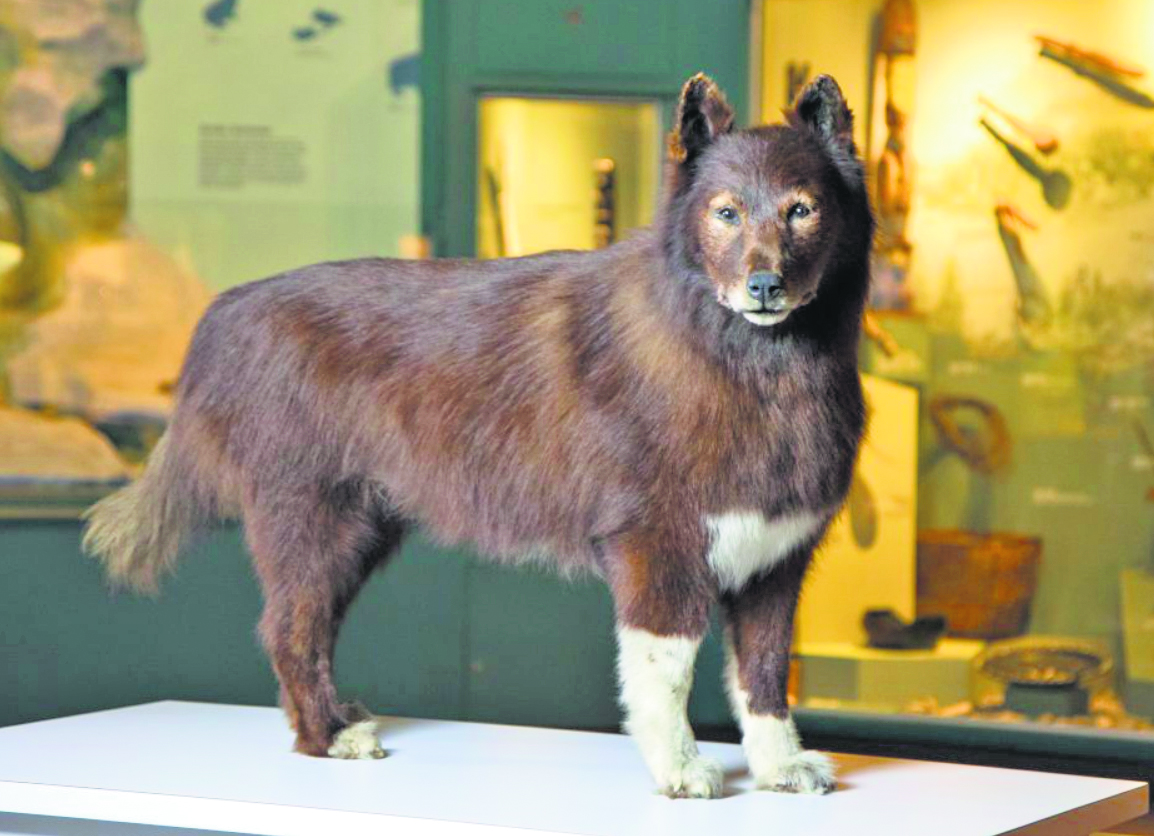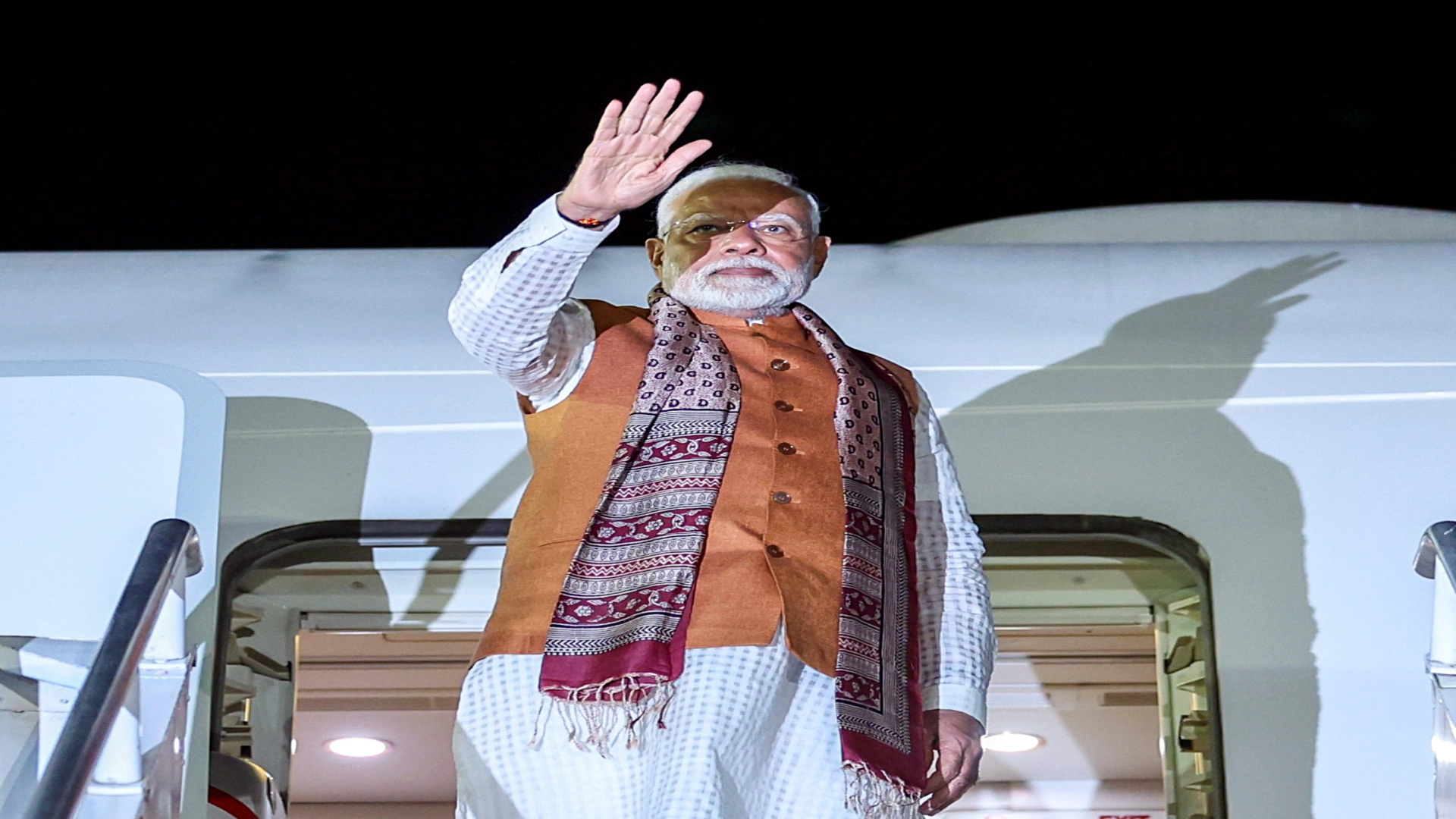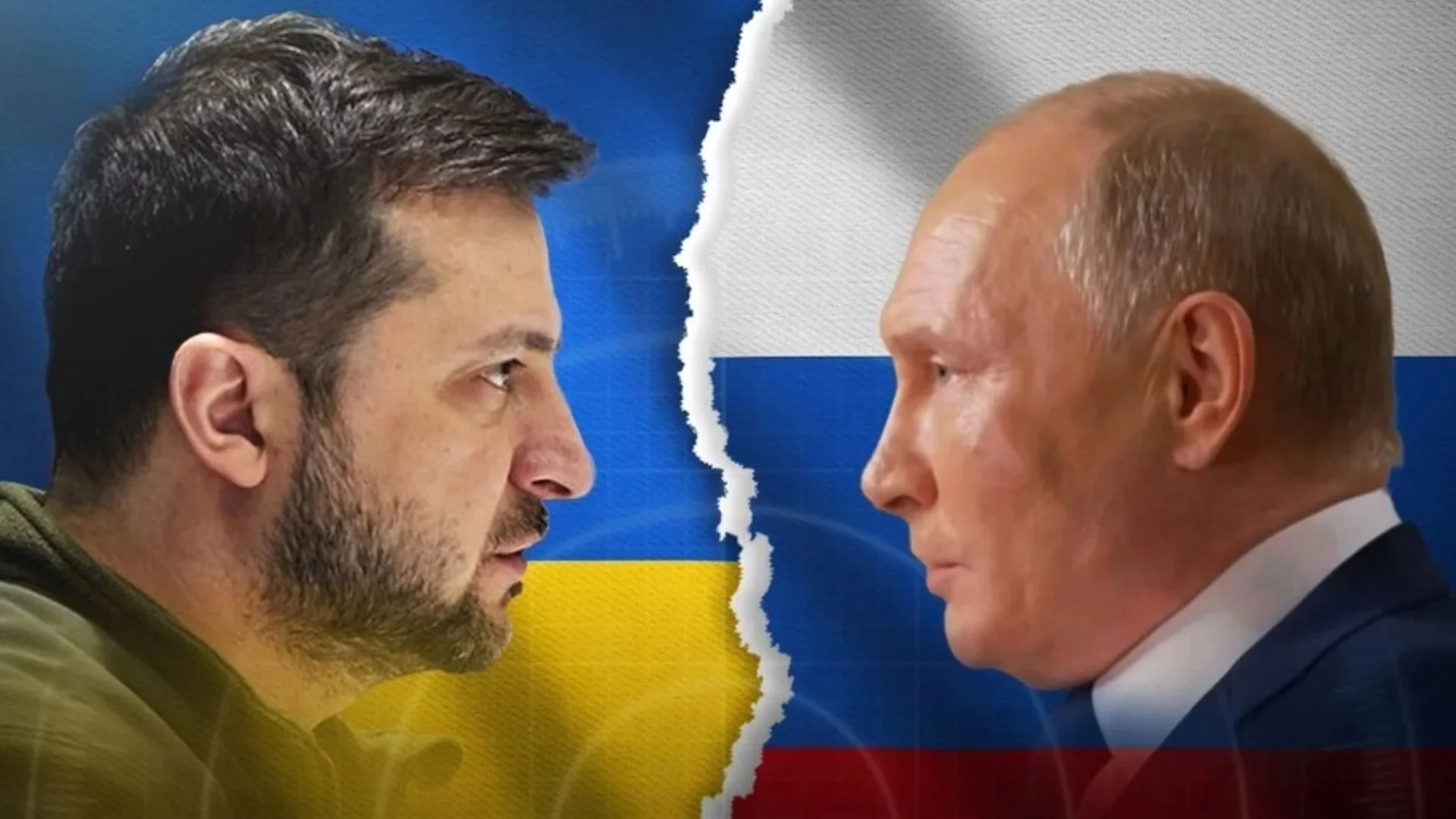
Throughout history, there have been several instances where animals have played heroic roles, leaving an indelible mark on the pages of human history. These remarkable creatures have demonstrated bravery, loyalty, and intelligence in the face of adversity. Here are five heroic animals that have left a lasting impact on history.
Cher Ami (1918)
In the midst of World War I, Cher Ami, a homing pigeon, emerged as a symbol of courage and tenacity. Serving with the U.S. Army Signal Corps, Cher Ami carried crucial messages across enemy lines, delivering vital information that saved the lives of many soldiers. In October 1918, during the Meuse-Argonne Offensive, Cher Ami undertook a perilous mission. Despite being injured and under heavy enemy fire, the resilient pigeon successfully delivered a message that led to the rescue of nearly 200 trapped soldiers.
Balto (1925)
The heroic Siberian Husky, Balto, rose to fame during the 1925 serum run to Nome, Alaska. A diphtheria outbreak threatened the small town, and the only way to obtain the life-saving serum was by a dog sled relay across nearly 700 miles of treacherous terrain. Balto, led by musher Gunnar Kaasen, played a crucial role in the final leg of the journey, navigating through blizzards and sub-zero temperatures.
Wojtek (1942-1963)
Wojtek, a Syrian brown bear, became an honorary soldier in the Polish Army during World War II. Found by Polish troops in Iran, Wojtek quickly endeared himself to the soldiers, and he soon became a mascot and a valuable member of the 22nd Artillery Supply Company. He was known for his strength, playfulness, and the ability to carry artillery shells, earning him the rank of Private.
Rip (circa 1912-1929)
Rip, a mixed-breed terrier, gained fame for his unwavering loyalty and sense of duty. In the 1910s, he served as the official mascot of the U.S. Coast Guard Cutter Tampa. Rip’s most notable feat occurred in 1919 when the Tampa sank after striking a mine. Despite the chaos and danger, Rip remained by the side of his crew, swimming from sailor to sailor in the icy waters of the Atlantic Ocean. He guided and comforted the survivors until help arrived, saving many lives.
Laika (1954-1957)
Laika, a stray dog from Moscow, became the first living being to orbit the Earth. In 1957, during the early years of the space race, the Soviet Union launched Sputnik 2 with Laika on board. While Laika’s journey did not have a happy ending, as she perished in space, her mission paved the way for human space exploration. Laika’s sacrifice is remembered as a milestone in space history.















